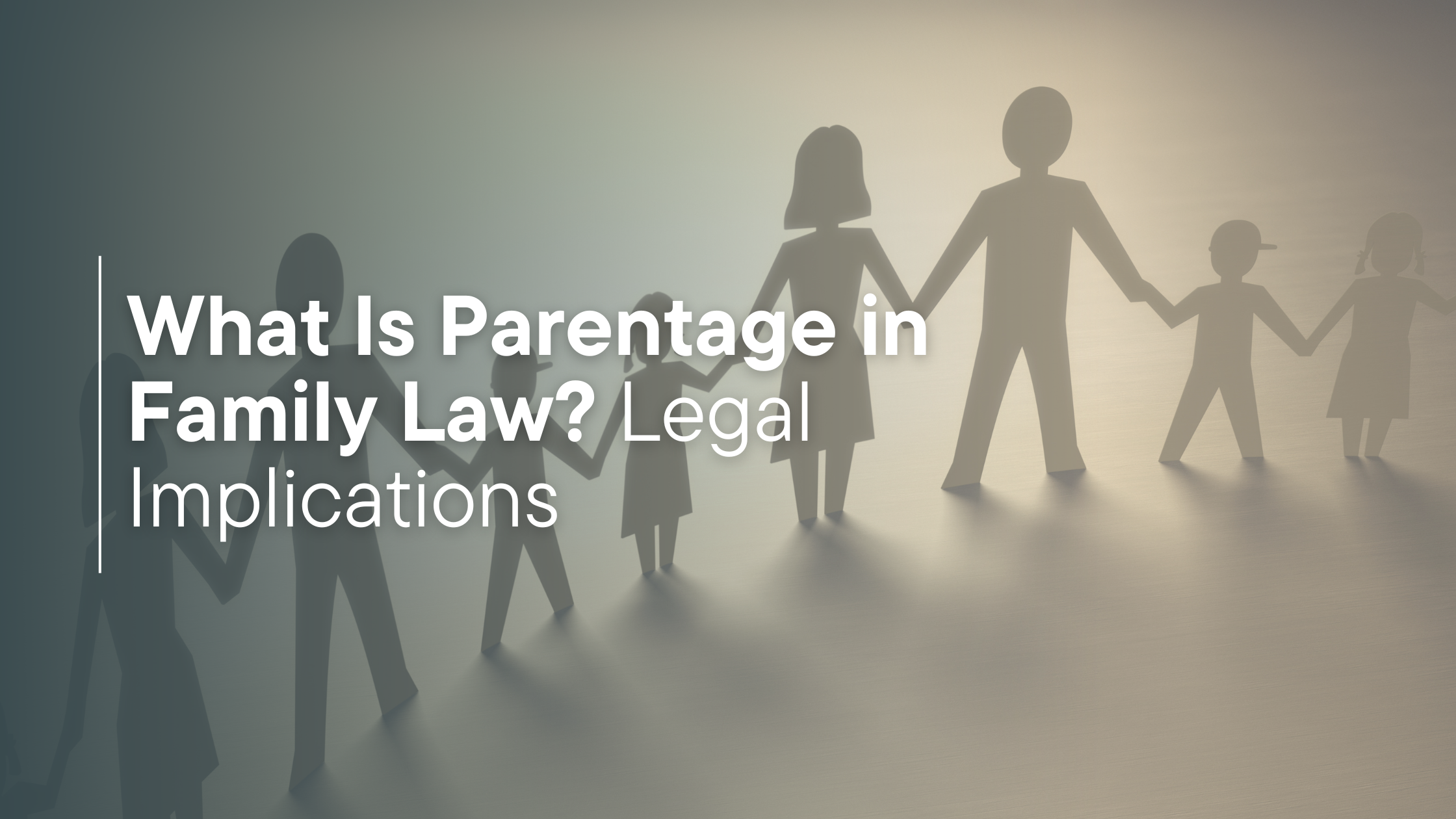Facing a legal dispute and wondering what’s really happening behind the scenes? If you’re involved in or considering civil litigation, understanding what the plaintiff is asking the court to do is essential. Whether you’re the one bringing the claim or defending against one, this knowledge can give you peace of mind—and a clearer path forward.
At Barli & Associates LLC, we believe in breaking down complex legal issues into clear, straightforward terms so you always know where you stand.
Who Is the Plaintiff in a Civil Case?

In a civil case, the plaintiff is the individual or party who initiates the lawsuit. They believe they’ve been wronged—whether through a breached contract, personal injury, property dispute, or other civil issue—and they’re asking the court to make things right.
Think of the plaintiff as the one saying, “This isn’t fair, and I need the court’s help to fix it.”
What Exactly Is the Plaintiff Asking For?

When someone files a lawsuit, they’re not just telling their side of the story—they’re requesting specific legal action from the court. These requests, often listed in the complaint’s “prayer for relief,” fall into several common categories:
1. Monetary Damages
The plaintiff may ask the court to award financial compensation for:
- Medical expenses
- Lost wages
- Property damage
- Pain and suffering
- Punitive damages, if the defendant’s behavior was especially harmful
2. Injunctive Relief
In some cases, money isn’t enough. The plaintiff may ask the court to:
- Stop someone from doing something (like continuing a harmful business practice)
- Order someone to take action (like cleaning up environmental damage)
3. Declaratory Judgment
This is a legal determination of the parties’ rights. For example, a plaintiff might want the court to declare that:
- A contract is valid (or void)
- They are not liable for an alleged wrongdoing
4. Specific Performance
Used mainly in contract disputes, this request asks the court to force the other party to fulfill their obligations—like delivering a property or completing a sale.
How Does the Plaintiff Make These Requests?

It starts with the complaint—a legal document filed with the court. In this filing, the plaintiff clearly outlines:
- What happened
- Why they believe it’s unlawful or unfair
- What they want the court to do about it
This section is crucial because it sets the tone for the rest of the case.
Can the Plaintiff’s Demands Change?

Yes. As the case moves forward, new information may surface—especially during discovery, where both sides gather evidence. The plaintiff can often update their complaint to reflect:
- New facts
- Additional damages
- A different form of relief
Settlements may also shift the focus. Many cases resolve outside of court, with both sides negotiating terms that meet their needs.
What Happens Next? The Court’s Role

Once the case is in motion, the court’s job is to evaluate:
- The evidence
- The arguments from both sides
- Whether the law supports the plaintiff’s request
The court may:
- Grant all of the relief requested
- Offer a partial judgment
- Dismiss the case if there’s insufficient legal basis
Why This Matters to You
Whether you’re pursuing justice or defending yourself, knowing what the plaintiff is asking the court to do helps you prepare. Civil litigation is more than a process—it’s a strategic pathway to resolve real-life challenges.
At Barli & Associates LLC, we guide clients through every step of litigation with clarity, confidence, and compassion. From filing a complaint to negotiating settlements or representing you in court, we’re here to fight for your best possible outcome.
Let’s Take the First Step Together
If you’re considering filing a lawsuit—or if you’ve been named in one—don’t navigate it alone. Contact us today to discuss your situation with a dedicated civil litigation attorney.
📞 973-638-1101
📧 info@barlilaw.com
🔗 Schedule a Consultation
Let’s work together to protect your rights and secure your peace of mind.





